Ressources dossier
Climate change and risksDoing irrigation differently
Published on 05 September 2022
L’irrigation en France
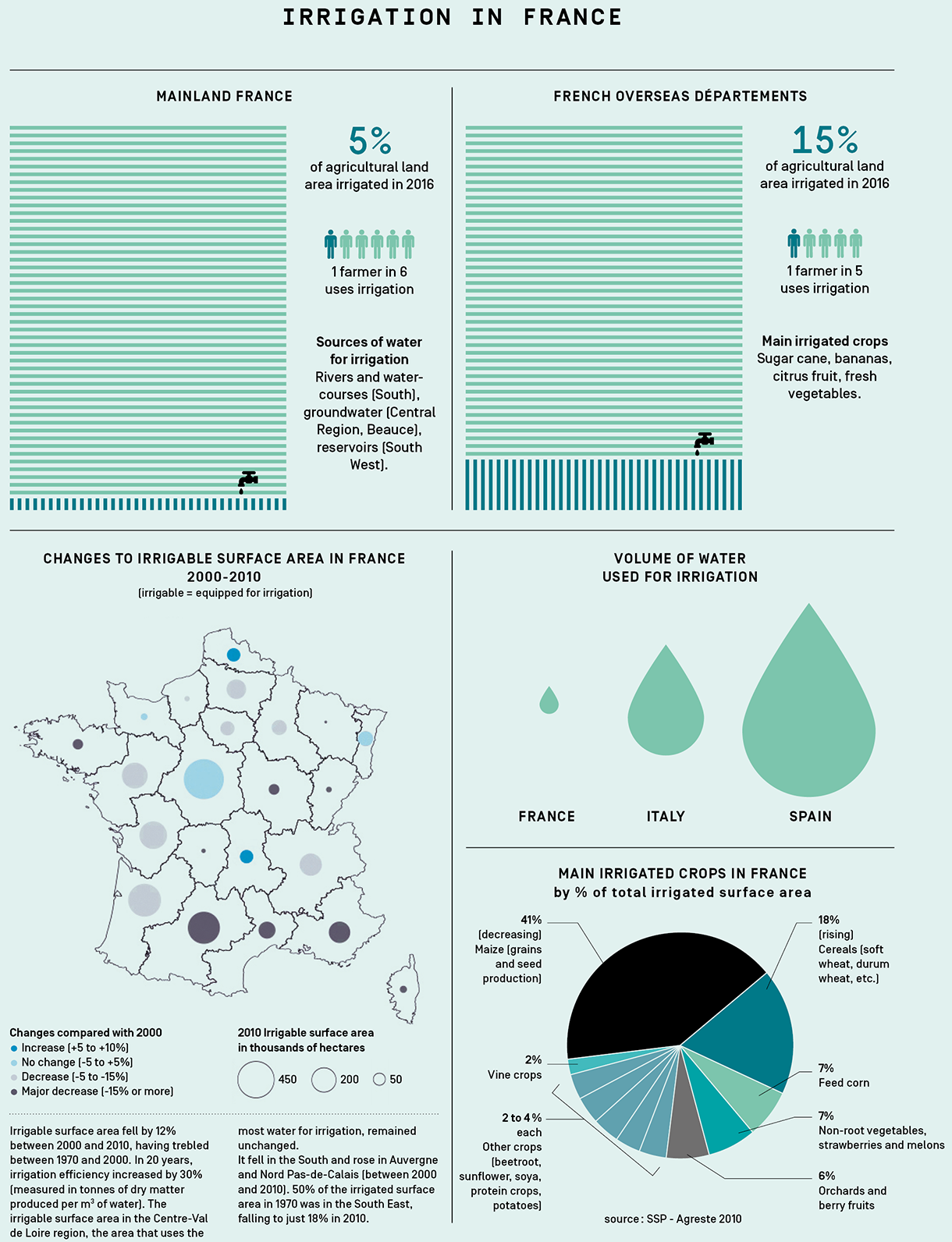
Irrigated agriculture provides 40% of food from less than 20% of the world’s agricultural land area
Our understanding of agriculture in France is essentially founded on "pluvial", or rainfed systems, since the majority of our crops are watered naturally by rainwater. This is not the case elsewhere – we need only remind ourselves that, globally, irrigated agriculture provides 40% of food from less than 20% of the world’s agricultural land area. Now, though, as temperatures rise, demand for water for irrigation is also on the rise in temperate climate countries.
Adapting rainfed agricultural systems to water shortages
We need to flip our order of priorities, in other words, we need to start by adapting rainfed agriculture to drought
"In the Southern Mediterranean, in a climate that is now beginning to extend to the South of France, two contrasting farming systems have long been in operation – on the one hand, we have seen efforts concentrated on a highly-intensive and highly-productive form of irrigated agriculture, while less support has been given to the rainfed agricultural systems that occupy most of the region’s agricultural land, meaning that the latter’s full potential has still to be realised", comments Sami Bouarfa, an irrigation expert at INRAE. "To escape this focus on irrigation, we need to flip our order of priorities, in other words, we need to start by adapting rainfed agriculture to drought and should only consider irrigation as the last resort".
The list of available measures to adapt rainfed agriculture to a limited water supply is a long one. Top of the list comes the diversification of crop rotations found in agroecology, where the rotation includes more winter crops and locally-grown species that are better able to withstand drought such as durum wheat, sunflower, sorghum, rape, chickpea, soya and legumes (peas, for example), or species from more arid climates such as cowpea, quinoa and buckwheat. INRAE is working on ways to valorise some of these species, for example, by selecting pea varieties that are resistant to pathogens, or by building predictive models for sunflower yields. One technique that has proved a boon in this respect is high-throughput phenotyping, doing much of the heavy lifting for researchers in their selection of drought-tolerant varieties of maize, wheat and peas. In the French Southwest, INRAE has observed a growing trend towards diversification over the past few years, bringing reductions in the irrigated surface area of maize grown for grain and, to a lesser extent, maize grown for seed, both of which are high added-value crops that nevertheless require a lot of water in the summer, the most critical season when managing the water supply.
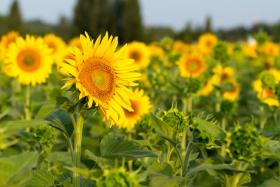
New crop introductions must come with changes elsewhere in the food production chain such as harvesting, processing and sales. The process will be long and complex, requiring support from regional and central government through mechanisms such as the "Territoires d’Innovation", competitivity hubs, and regional food plans (PAT). National support is being provided for protein crops, for example, under the French government’s plan for plant proteins, while the Dijon Territoire d’Innovation project is being supported locally by the city’s administration as part of its "Dijon alimentation durable 2030" initiative 1. Such projects exemplify the 2020 prediction, made by two French national commissions in a joint report, that "In the face of climate change, in many cases it will be the progress made by rainfed agricultural rather than that by irrigated crops that will be most decisive" 2.
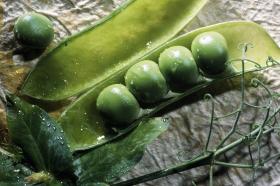
1. See also Ressource n° 1, page 29, www.inrae.fr/ressources.
2. The CGEDD (French national commission for the environment and sustainable development) and the CGAAER (French national commission for food, agriculture and the countryside): https ://cgedd.documentation.developpement-durable.gouv.fr/notice ?id=Affaires-0011497).
Irrigation and agroecology working together
Irrigation can provide the necessary lever for crop diversification, one of the pillars of agroecology
Because it can help to maximise yields, irrigation is often associated in France with intensive agriculture and with the cultivation of maize in particular. "However, researchers have recorded cases in certain regions of the Southern Mediterranean where agroecological practices feature in conjunction with irrigated systems. What is more, irrigation can provide the necessary lever for crop diversification, one of the pillars of agroecology", stresses Delphine Leehnardt, who works as an agronomist at INRAE. She is currently setting up a research project in the Occitanie region to increase knowledge of water consumption and water-management practices in agroecological systems. The project is wide in its scope, also investigating how trade associations approach the issue of water, particularly through their charters, seeking to identify socio-economic factors favourable to irrigated, agroecological farming systems, and providing inclusive support for farmers to transition from irrigation to more sustainable practices.
Irrigation to build resilience
A similar approach can be observed in the exploration of "resilience irrigation", where the focus shifts towards water security and away from the old model of increased yields achieved through high water consumption and use of artificial fertilisers. The increased yields associated with plentiful water have meant that, despite the fact that their water requirements are generally not as high as those of fruit and vegetables, field crops are often irrigated for non-essential reasons. When their focus shifts to resilience irrigation, farmers seek to stabilise their yields rather than to achieve maximum values every year. "In a situation where water may be rationed, it is important to move towards a perception of irrigation that is less focused on maximums", Sami Bouarfa stresses.
Making irrigation more efficient
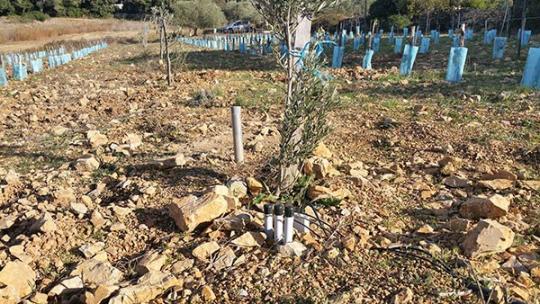
Increasing profit margins through water saving is a genuine possibility at agricultural-parcel scale. Currently, around 80% of farmers who irrigate operate sprinkler systems, sometimes using outdated equipment despite the availability of systems that achieve greater water savings through the use of electronic monitoring devices or selective mechanisms such as micro-sprinklers and surface or subsurface drip irrigation. Water-management systems can also create savings opportunities, allowing farmers to use decision-making tools to plan how they will provide the right amount of water at the right time. These tools can measure the water status of both plants and soils, most commonly via soil sensors but sometimes through access to remote-sensing networks.
Helping farmers to calculate potential savings
Between 10 and 40% for the improvement of water management
The EU operates a system of grants to encourage water saving but requires applicants to demonstrate a future saving of between 5 and 25% (depending on the region) with no reduction in crop yields. This means that farmers must be able to quantify in advance the water savings to be achieved through improvements to their irrigation equipment or management systems, a far from easy task given the multiple factors (condition of existing equipment, soil, climate, crop) that may combine to influence outcomes. At the request of the French Ministry of Agriculture, INRAE has therefore developed a toolkit for farmers to work out their potential water savings, a task that called for the extensive and detailed compilation of large quantities of data to enable regional differences and individual circumstances to be taken into account. This tool now provides farmers with the support they need to apply for funding. The potential water savings range between 15 and 25% for the improvement of equipment, and between 10 and 40% for the improvement of water management. The latter has the advantage of being less vulnerable to the vagaries of the weather when compared, for example, with drip irrigation systems, which offer few savings in very dry years.
A further addition to the suite of tools developed by INRAE is the OPTIRRIG tool, which enables farmers to manage the irrigation of several different crops on a single farm, providing scenarios to help them to decide where, when and how to water each crop.
No irrigation without storage
Other than the major dams that also supply electricity and drinking water, France has numerous reservoirs whose main use is irrigation. While the principle may be simple – to create water storage – this can be done in a surprising number of ways. Quite how many is evidenced by a collective scientific expertise carried out by INRAE in collaboration with the French biodiversity office (OFB) in 2016, which identifies 23 types of reservoirs, classified by their methods of replenishment and restoration of water to the local environment. This expert report describes the main impacts of reservoirs on the aquatic habitat: reductions in downstream flows, build-up of coarse sediments within reservoirs, changes to downstream riverbed profiles, increased risk of eutrophication 3 and changes in aquatic populations. It has been mandatory since 2011 to provide a cumulative impact assessment for any water storage area requiring approval, and research is continuing on this complex issue where cumulative effects are not simply the sum of individual impacts. Because of their importance, the OFB, with the help of INRAE’s researchers, is currently developing an assessment methodology for cumulative impacts in 8 contrasting catchments.
3. Eutrophication: a process where the accumulation of nutrients (mostly nitrogen and phosphorus) in aquatic environments can cause the excessive growth of algae.
Inter-seasonal storage
In all instances, the provision of storage must be decided on a case-by-case basis for each area
Currently, there is considerable interest in what are known as "substitution" storage areas that are filled during the winter, either by diverting flows from watercourses or by pumping river water or groundwater. Because the water thus stored during the winter months can be used in summer, it allows water extractions from the aquatic habitat to be avoided when levels are lower. The purpose of such reservoirs is thus to secure existing water use, not to stimulate further demand. "These reservoirs are a priori less harmful to the environment. But although such storage areas are filled during the ‘high water’ period, we must still be sure that the overall good functioning of the watercourse is not affected. For this reason, empirical thresholds have been set for river or groundwater levels in certain regions to control the filling of these reservoirs. INRAE is a partner in a project to establish the evidence base for these thresholds", says Nadia Carluer, who coordinated the 2016 collective expertise. In the Midour catchment (Gers, Landes) it is already a challenge to fill some storage facilities in winter. "In all instances, the provision of storage must be decided on a case-by-case basis for each area, as a function of issues that are collectively identified. We also have to avoid a ‘rebound’ effect, where securing access to a water resource leads to an increase in use and in the system’s reliance on water", says Nadia Carluer.
Coming to terms
Like irrigation, reservoirs are associated in the public’s mind with intensive agriculture, and new construction projects often encounter opposition. This makes it important for questions regarding their management to be built into regional co-production projects such as PTGEs (see article Water distribution in the French regions). In the Deux-Sèvres area, for example, a project to build twelve substitution reservoirs has been the subject of an agreement between local groups and those using the water for irrigation. Here, the latter have made detailed and quantified commitments to agroecological practices, including moves towards organic farming practices, reductions in the use of fertilisers, and hedgerow creation. Such contracts are designed to reconcile regional ecological, economic and societal issues in such a way as to achieve the best possible distribution of water resources.
Keeping wastewater in the cycle
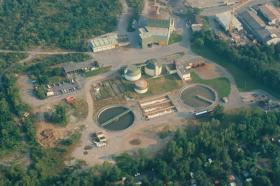
By reusing our treated wastewater for irrigation, we can both create new benefits and, especially in coastal areas, prevent freshwater from being pumped directly into the sea.
The 2019 Assises de l’Eau, the French national debate on water, set a goal for the reuse of wastewater to be trebled in France by 2025. With a wastewater reuse rate below 0.6%, France lags behind the North European average of 2.4%, while rates in the Mediterranean are of an entirely different order – Cyprus, Israel and Malta reuse 90%, 85% and 60% of their wastewater respectively. Because of the risk of contamination (both microbiological and chemical), French wastewater treatment processes for wastewater must be upgraded before farmers can safely reuse the water on their fields, and INRAE has been working on the technical means to achieve this.
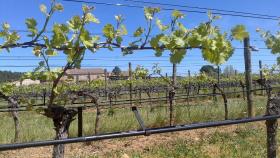
In ongoing trials, members of the Institute’s experimental research unit at Pech Rouge near Gruissan (Aude), are using wastewater from the treatment plant at Narbonne-Plage for vineyard irrigation. An additional treatment stage to eliminate microorganisms has been introduced and the quality of the water is monitored by the Regional Health Agency, the body that tests drinking water to ensure that levels of hazardous substances (medicines, biocidal products etc.) remain below authorised thresholds. With these health security measures in place, it is possible for the vines to benefit from the nutrients contained in the water, including nitrogen, phosphorus and potassium, making it possible to reduce the application of synthetic fertilisers.
The treatment process is costly, particularly in its energy use, and it tends to be found only in peri-urban areas with nearby water-treatment plants or in coastal zones. There is an additional hurdle to overcome in that wastewater products are legally part of the flow-provision system for watercourses, meaning that they cannot be "diverted" without authorisation.
-
Pascale Mollier / translated by Teresa Bridgeman
Author
